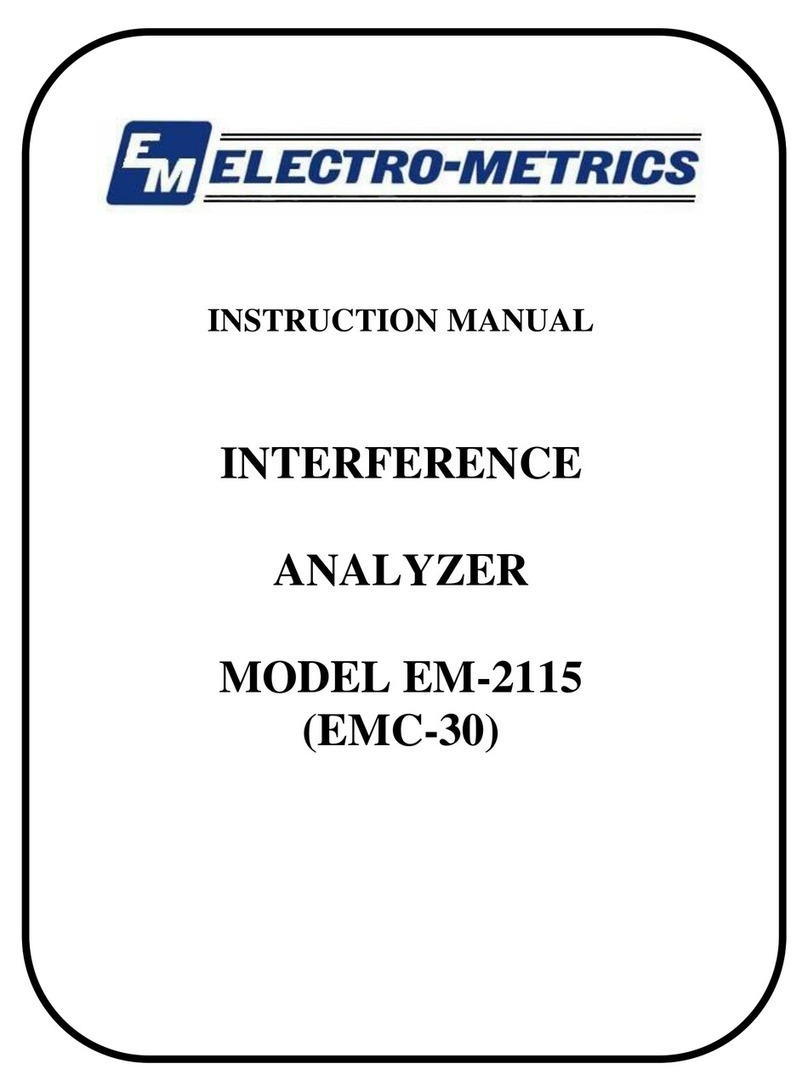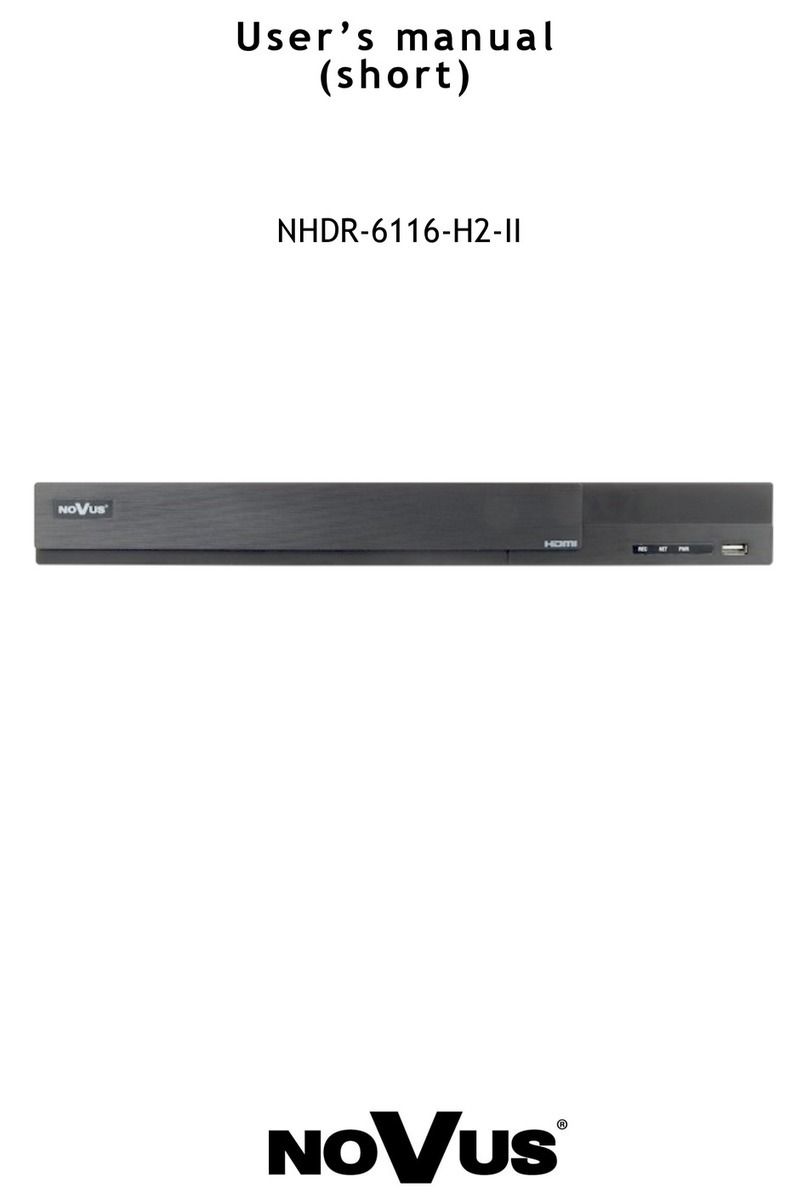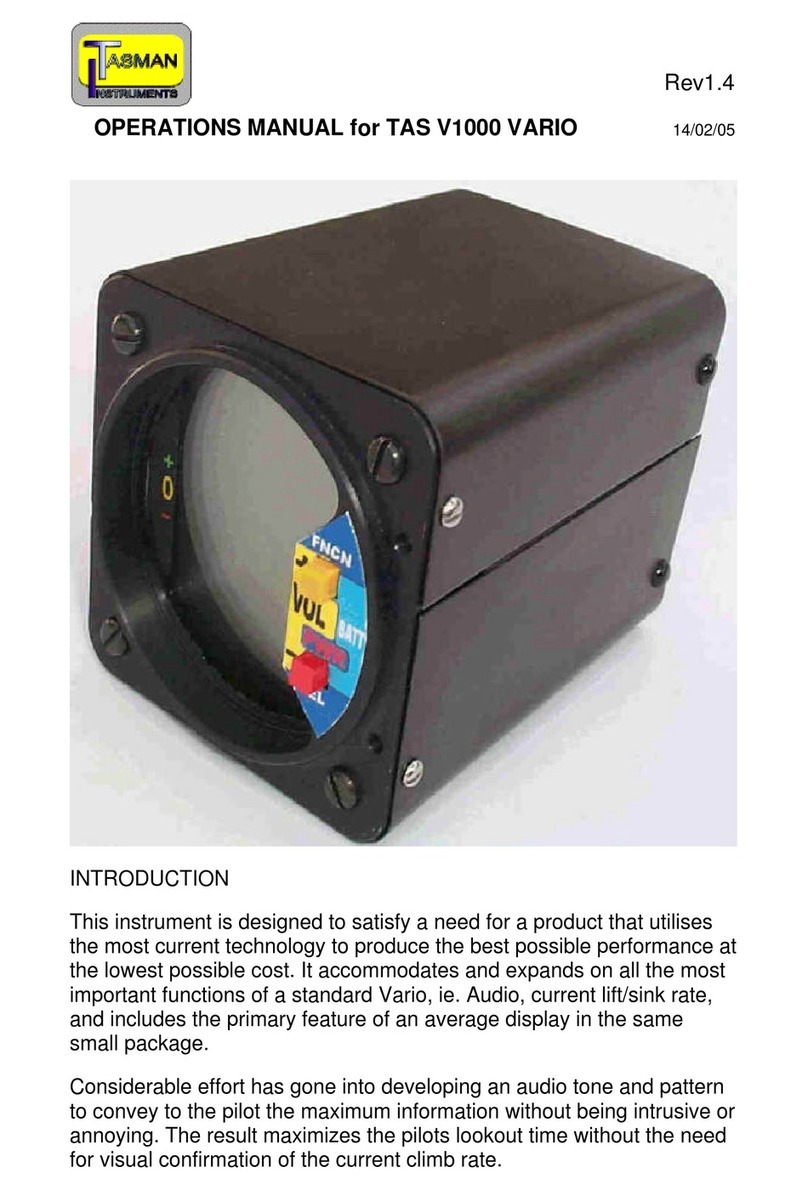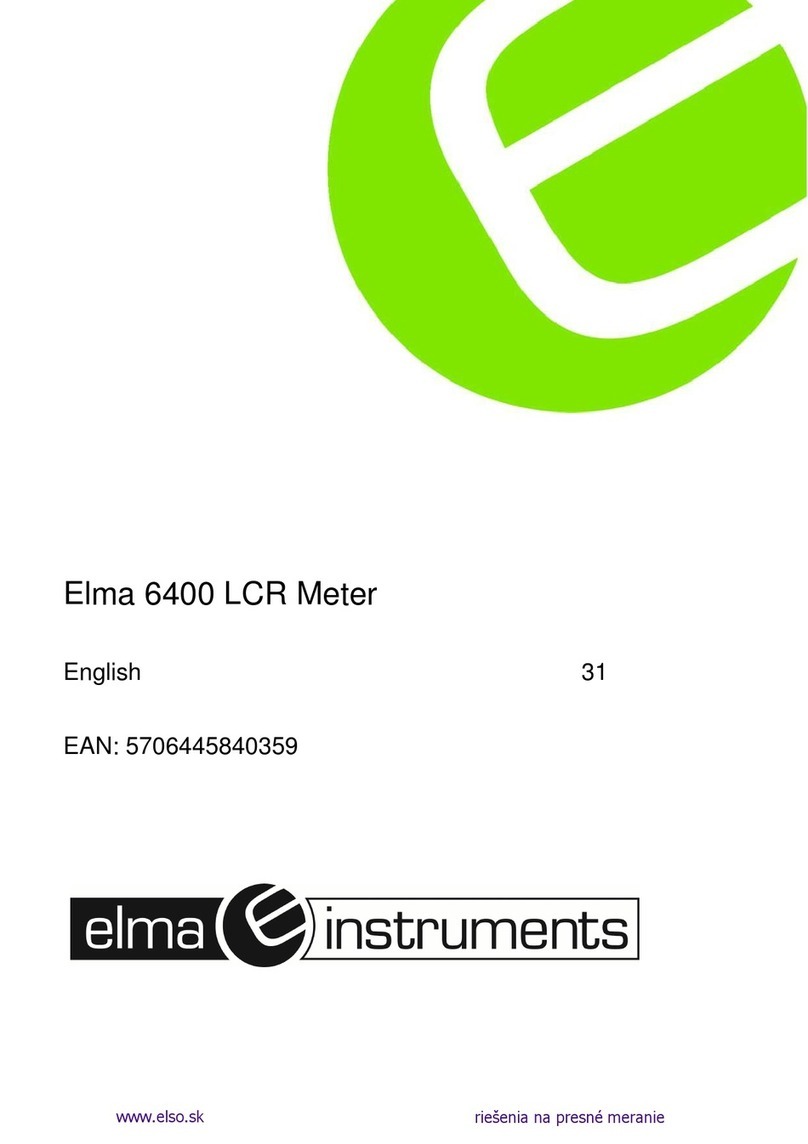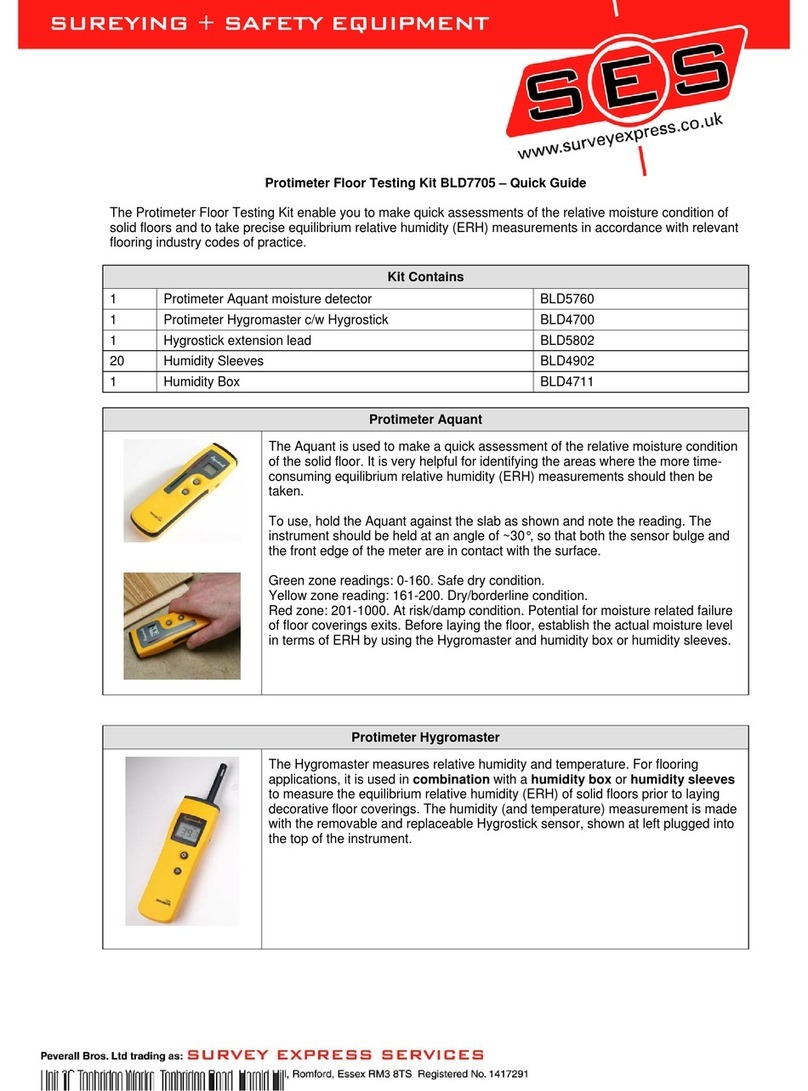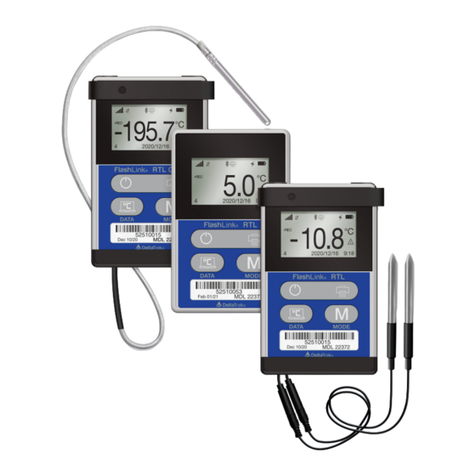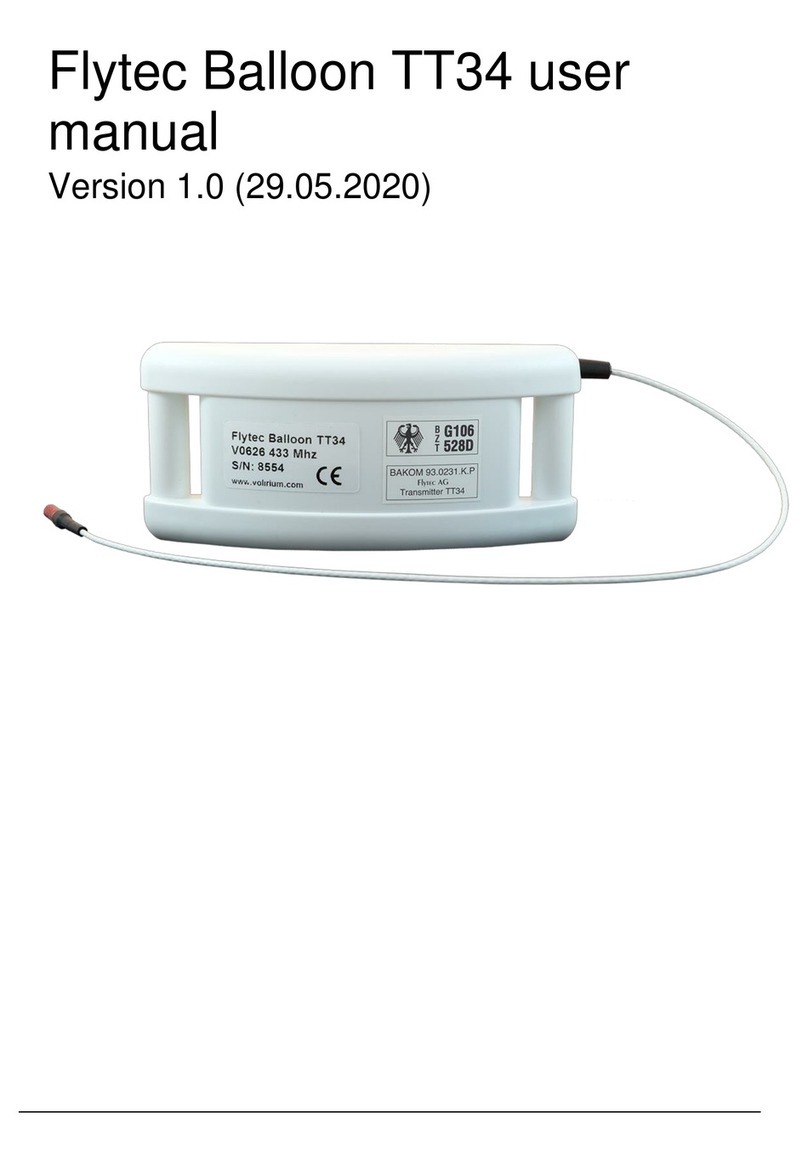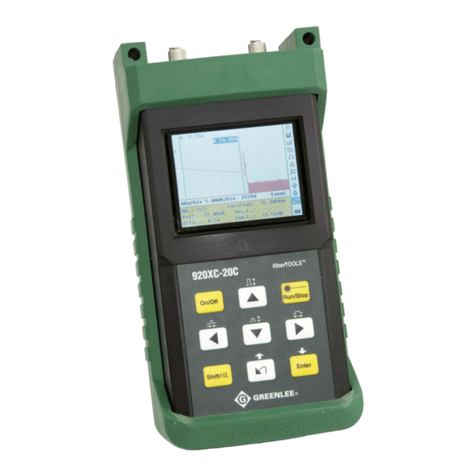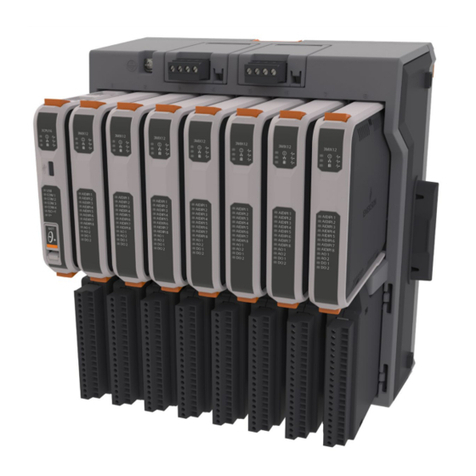Electro-Metrics PCL-30 User manual

INSTRUCTION MANUAL
CURRENT PROBE
MODEL PCL-30
10 kHz –110 MHz
StockCheck.com

INSTRUCTION MANUAL
THIS INSTRUCTION MANUAL AND ITS
ASSOCIATED INFORMATION IS
PROPRIETARY. UNAUTHORIZED
REPRODUCTION IS FORBIDDEN.
1995ELECTRO-METRICS CORP.
CURRENT PROBE
10 kHz –110 MHz
ELECTRO-METRICS
MODEL PCL-30
SERIAL NO: N/A
ELECTRO-METRICS CORPORATION
231 Enterprise Road, Johnstown, New York 12095
Phone: (518) 762-2600 Fax: (518) 762-2812
MANUAL REV. NO: PCL30-0995 ISSUE DATE: SEPTEMBER 01 1995
StockCheck.com

WARRANTY
This Model PCL-30 Current ProbE is warranted for a period of 12
months (USA only) from date of shipment against defective
materials and workmanship. This warranty is limited to the repair
of or replacement of defective parts and is void if unauthorized
repair or modification is attempted. Repairs for damage due to
misuse or abnormal operating conditions will be performed at the
factory and will be billed at our commercial hourly rates. Our
estimate will be provided before the work is started.
StockCheck.com

ELECTRO-METRICS PCL-30
(PCL30-2)
DESCRIPTION AND USE ELECTRO-METRICS
MODEL PCL-30 CURRENT PROBE
1.0 Introduction
The PCL-30 Current Probe enables a conventional voltmeter, oscilloscope, calibrated
receiver (e.g., an interference analyzer), or other electronic instrumentation to rapidly measure
current accurately from 9 kHz to 110 MHz. The measurement of conducted current is performed
without a direct connection to the circuit under test, with the probe clamped around the
conductor, current carrying wire, or structural member being tested.
The PCL-30 Current Probe consists of two hinged semicircles capable of placement
around conductors with diameters up to and including 25.4 mm (one-inch). The output of the
probe is connected to the input of the detection system through a 50-ohm cable (CAC-30). The
response of the probe is proportional both to signal frequency and conducted signal current. The
graph expressing this relationship is shown in Figure 3.
2.0 Specifications
2.1 Electrical
Frequency Range: 9 kHz-110 MHz
(Probe Factor Chart furnished with each probe.)
Impedance: 50, nominal.
Output Connector: TNC, female.
2.2 Mechanical
Outside Diameter: 73 mm (2.875").
Thickness: 32 mm (1.25").
Weight: 454 g (1 lb).
3.0 Theory Of Operation
3.1 Introduction
The PCL-30 Current Probe is an instrument type transformer that utilizes the conductor
under test as a single turn primary winding with the probe, clamped around the conductor, as the
secondary.
In order to minimize the effects of stray fields, the outside case of the probe is specially
constructed to form an electrostatic shield.
StockCheck.com

ELECTRO-METRICS PCL-30
(PCL30-3)
3.2 Transfer Impedance And Sensitivity
The sensitivity of all measurements is dependent upon the value of the current probe
transfer impedance and the minimum voltage capable of being sensed by the detector or
voltmeter.
The transfer impedance is defined as:
ZT= E2/I1
Where:
E2is the output voltage of the current probe as measured by the detection
system (voltmeter, interference analyzer, oscilloscope).
I1is the current flowing in the conductor under test.
Each current probe is calibrated for ZTand serialized to prevent erroneous measurements.
The transfer impedance calibration is accomplished by passing a known current (I1) through a
test conductor and measuring the voltage E2developed across the input impedance of the
detector.
NOTE: 1) The calibration chart that accompanies each PCL-30
Current Probe is for E2developed across a 50resistive
load and is given in terms of transfer conductance GT
(GT= 1/ZT), in siemens.
2) If the user wishes to utilize the current probe on a
detector with an input impedance other than 50, the
probe must be recalibrated for that specific impedance.
The calibrated graph for GTthat accompanies each probe is shown in units of decibels
relative to one siemens, dB(S). This is defined as follows:
GT= -20 log[ZTohm/1 ohm]
As shown graphically; if GTis greater than one siemens, the plus sign applies and if less than one
siemens, the minus sign applies.
As an example of the sensitivity to which measurements can be made, assume that the
probe has a GTof one siemens and the detector sensitivity is 10 microvolts. The minimum
current that can be detected with these parameters is:
I1= GTE2
I1= 10 µV.1S = 10 µA
or in dB:
I1= 20 dB(µV) + 0 dB(S) = 20 dB(µA)
StockCheck.com

ELECTRO-METRICS PCL-30
(PCL30-4)
While most currents to be measured are extremely small, this may not always be the case.
Thus, a word of caution is urged, particularly when heavy currents are being measured. If the ZT
is such that the voltage output of the probe is high, E2/50 may result in power delivered to the
receiver in excess of its input wattage capabilities.
3.3 Core Saturation And Intermodulation
Very high current levels create magnetic fields that are capable of changing the
incremental permeability of ferrous materials. The saturating effects of the core creates non-
linear changes in the transfer impedance resulting in a decrease of the probe output for a given
input and modulation of the output at the power line frequency. The PCL-30 has a ferrous-type
core that is designed to negate any saturating effects and thus prevent erroneous measurements
with primary currents up to 300 amperes from DC to 400 Hz.
Intermodulation effects on current probe output are also negligible for primary currents
up to but not in excess of 300 amperes from DC to 400 Hz.
4.0 Practical Measurement Techniques
4.1 Test Set Up
To accurately measure the current in any one conductor, that conductor must pass through
the aperture of the probe only once. If more than one conductor passes through the aperture, only
the resultant net effect of the currents entering and returning will be measured. After clamping
the probe over the conductor or conductors to be measured, the two sections of the probe must be
securely locked together. If this is not done, an incorrect transfer impedance may result due to an
incorrect air gap.
StockCheck.com

ELECTRO-METRICS PCL-30
(PCL30-5)
SIMPLIFIED METHOD OF DETERMINING
CURRENT PROBE TRANSFER IMPEDANCE
FIGURE 1
1. Adjust signal source for a reference voltage of 50 microvolts or 34 dB above a
zero reference after 50-ohm terminations are in place as shown in Figure 1.
FIGURE 2
2. Terminate test fixture with proper terminations as shown in Figure 2.
3. Do not change reference voltage.
4. The receiver or detector should show a reading of 1 microvolt or 34 dB below
the reference set in figure 2. this reading is equivalent to 0 dB or one ohm
transfer impedance and any reading above or below this point should be
added or subtracted accordingly. this is recorded as the transfer impedance
of the current probe at the frequency tested.
5. A tunable detector is recommended for use in this procedure with all
terminations shielded.
SIGNAL SOURCE
PCL-30
50
DETECTOR
TERMINATED
IN 50
SIGNAL SOURCE
50
DETECTOR
TERMINATED
IN 50
PCL-30
StockCheck.com

ELECTRO-METRICS PCL-30
(PCL30-6)
PCL-30 CLAMP-ON CURRENT PROBE CONVERSION GRAPH
PAGE 5A
INSTRUCTIONS:
Add the transfer conductance, in dB(S), shown on the graph to convert the two-
terminal detection system voltage to conducted current.
For Example:
If the factor at 20 kHz is +8 dB(S) and the two-terminal voltage is 60
dB(V), the conducted current is 68 dB(A) (or in linear
terms: 1000 V x 2.5 S = 2500 A).
StockCheck.com
Table of contents
Other Electro-Metrics Measuring Instrument manuals
Popular Measuring Instrument manuals by other brands

FujiFilm
FujiFilm FCR CAPSULA X Service manual
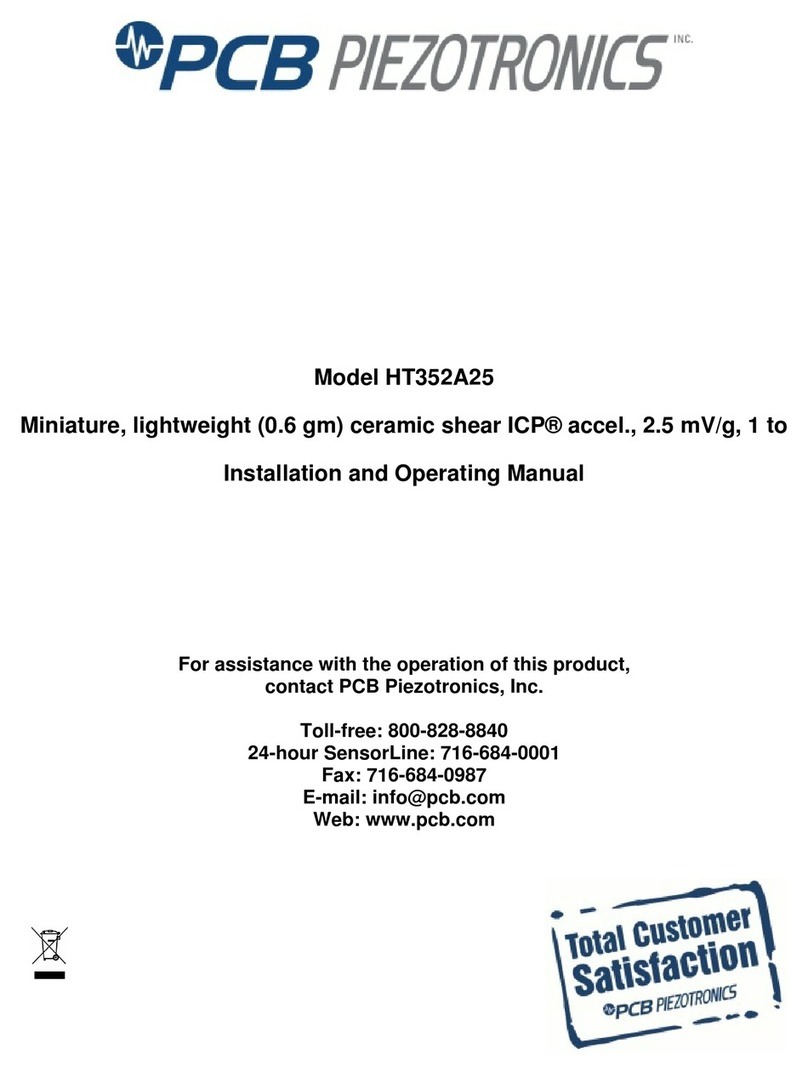
PCB Piezotronics
PCB Piezotronics ICP HT352A25 Installation and operating manual

Vega
Vega VEGACAL 64 operating instructions
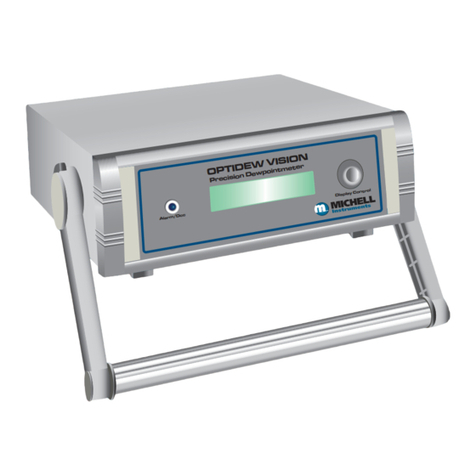
Michell Instruments
Michell Instruments Optidew user manual
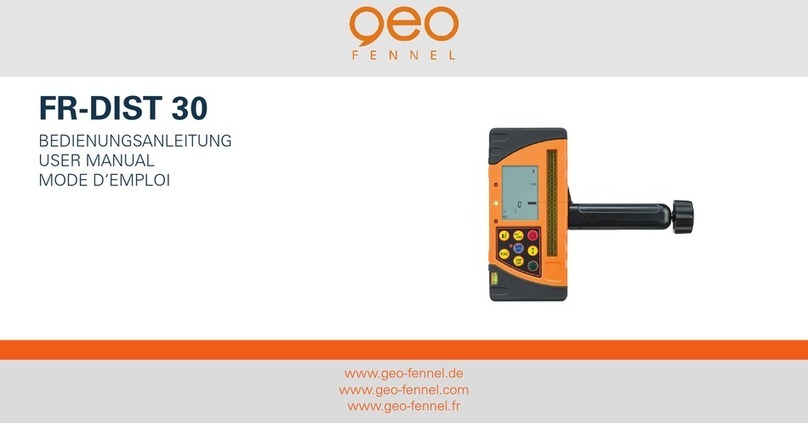
geo-FENNEL
geo-FENNEL FR-DIST 30 user manual
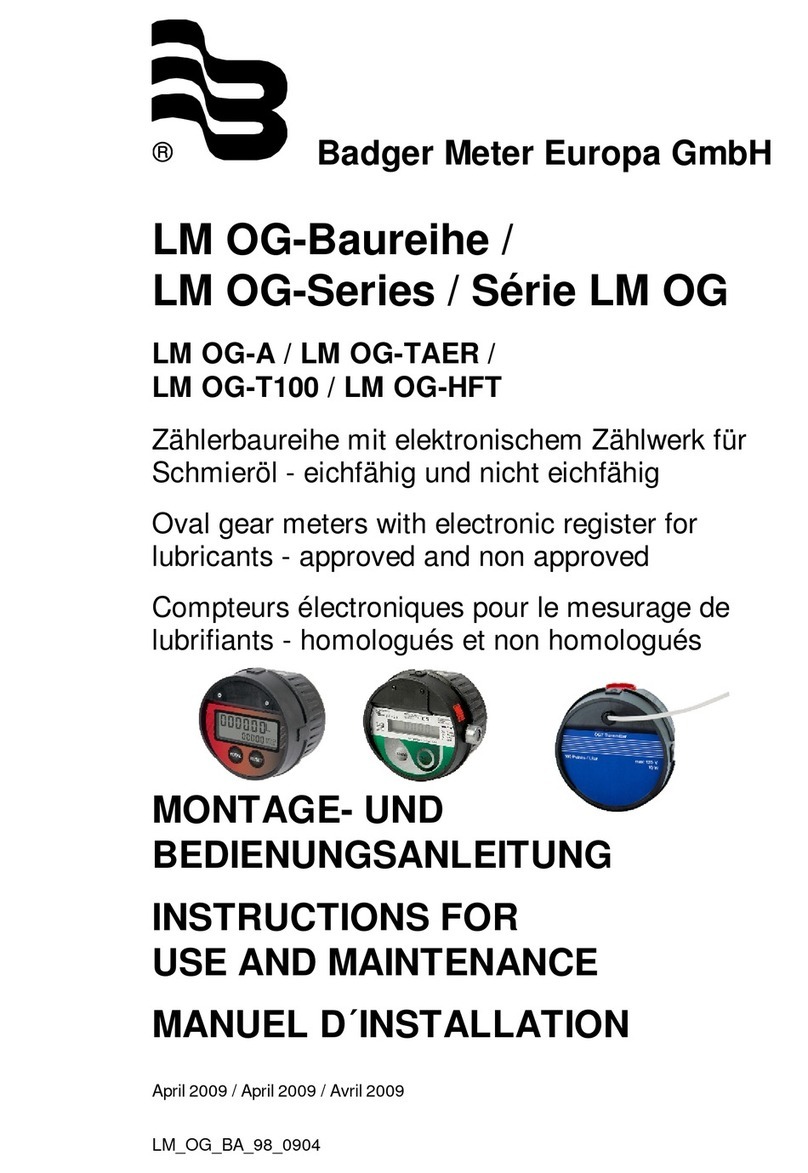
Badger Meter
Badger Meter LM OG-TAER Instructions for use and maintenance
